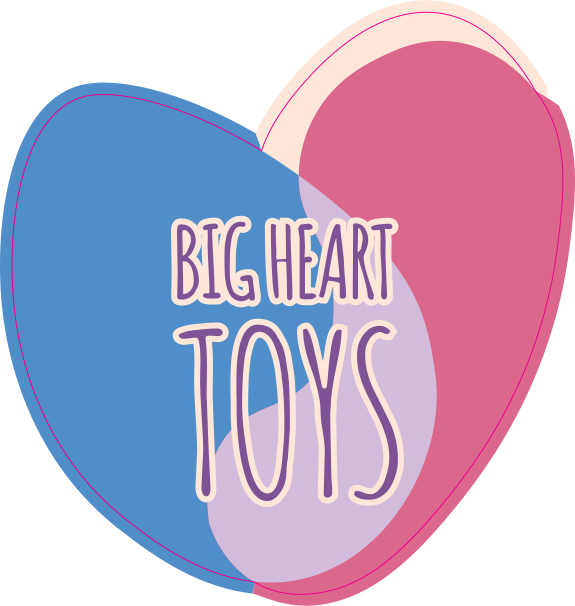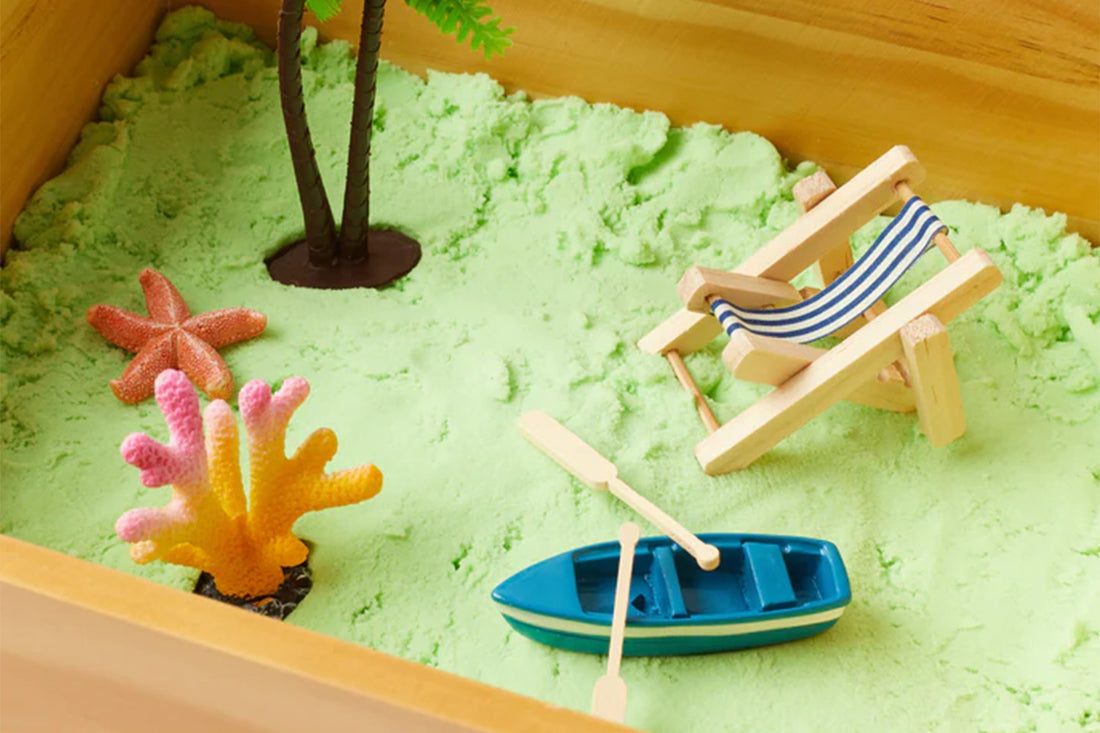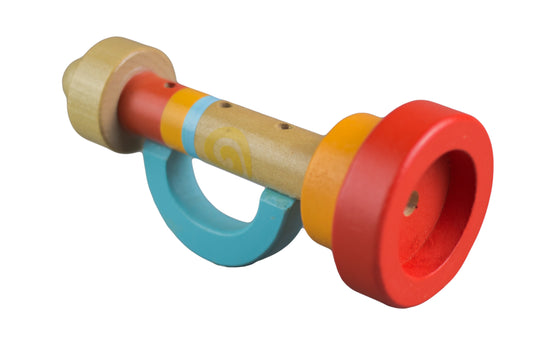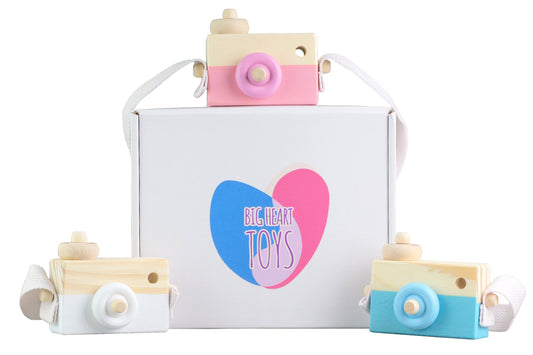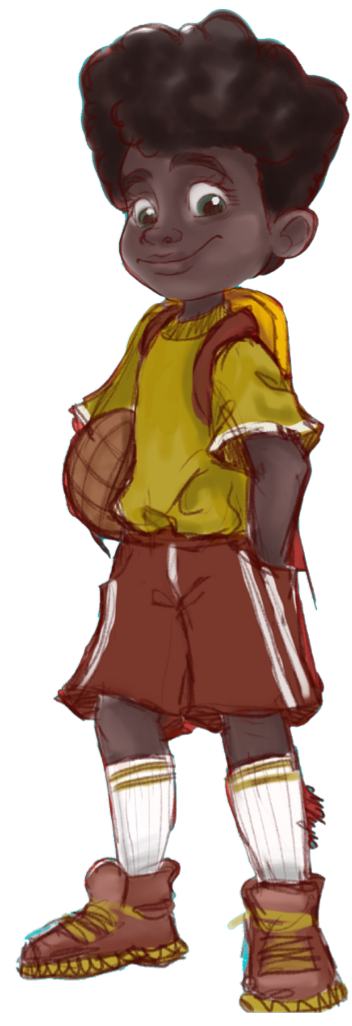Here at Big Heart Toys, we know the importance of safe and fun toys for your child with autism. We have taken the time to compile a list of all the best toys we feel your child will love.
Whether your child has sensory issues or difficulty with social interaction, finding toys that cater to their specific needs is key. These toys are phenomenal for tactile learners and safe for any child on the autism spectrum.
When purchasing toys for a child with autism, there are going to be some things you want to look for. You want your child’s toys to be safe and entertaining all at the same time.
Let's take a look at some great toys for your child and why they are suitable for children with autism:
1. Fidget Toys
A fidget toy is a great sensory tool for play, especially for children with autism or children with ADHD. There are all types of fidgets on the market these days — make sure the fidget toy you choose does not have small parts that can be swallowed.
Some popular fidget toys include:
-
Pop Toys: Poppers come in all sorts of shapes, sizes, and colors. They resemble bubble wrap and can be pressed and popped for a fun, positive sensory experience. When selecting a pop toy for your child with autism, a safe material like silicone is generally best.
-
Pop Tubes: These toys are plastic tubes available in a wide variety of colors and sizes that bend and stretch. They can help satisfy your child's need to fidget while also making fun sounds. These interactive toys can also be connected together during playtime for a heightened experience.
-
Spinners: Fidget spinners are known for their ability to spin in between your fingers. This fidget toy is good for stress relief and is generally very safe. Fidget spinners also come in many colors, and some even light up.
2. Kinetic Sand
Allowing your child with autism to dig their hands into some kinetic sand can be a great sensory experience. Kinetic sand is also cleaner than regular sand, as it sticks together, so it won't make a huge mess.
Playing with kinetic sand is a fun way to teach your child about textures. You can get a wide range of kinetic sand, too — it comes in different colors and sometimes even different scents.
One of the critical features of kinetic sand is that it is non-toxic. That said, we still don’t recommend allowing your child to put it in their mouth.
3. Stuffed Animals or Dolls
Imaginary play is very important for children whose brains are still developing. It is especially important for children with autism, who sometimes have issues with social interaction.
Stuffed animals are also great for comfort. Your child can even bring a stuffed animal on trips so that they can hug their favorite teddy bear or doll to feel better when anxious or stressed.
Stuffed animals and dolls are crafted from a wide range of materials, including crochet, cotton, wool, faux fur, and more. When shopping, keep an eye on material type as well as the embellishments. Items like buttons or glass beads can pose a threat if swallowed.
If your child prefers parallel play, where they play independently but next to another child, this is also a great toy for that. Every child is going to have particular play styles, and a stuffed animal or doll can be an excellent choice for all of them.
4. Putty
Squishy, colorful, and scented are beloved aspects of fan-favorite — play putty. As you know, stimulating the auditory and tactile senses is key to impressing a child with autism. This learning toy can help your child manage sensory input and texture issues and may even help improve fine motor skills. Fine motor skills are a critical part of learning to hold a pencil and other school-necessary tasks.
Putty, with its bright colors and malleable texture, is also fairly clean (except when mashed in carpet) and portable, meaning you can take it everywhere and give it to your child when they are in need of a distraction. Whether it be at a restaurant or a friend's house, putty can come in handy. Your child will enjoy molding it into new shapes and moving it in between their fingers.
5. Sensory Mats
Sensory mats come in extensive ranges of sizes and colors and can even have special textures. This toy is a fabulous way for your child to learn about different textures and how they feel, which can help them overcome aversions to certain tactical sensations. One twist on the classic sensory mat that we love here is the Weighted Gel Maze!
One neat thing about sensory mats is that you can also feel them with your feet as well as your hands. The feet are one of the most sensitive parts of the body. Allowing your child to walk across a sensory mat is exciting, especially for kids who are enchanted by pudding or gelatin snacks.
6. Books
Everyone can learn from books. Reading to our children not only teaches them things about themselves and the world around them but forms incredible bonds between child and caregiver. A life-long love of learning can be nurtured from one generation to the next.
Big Heart Toys has an ever-expanding collection of interactive books that allow your child to read along and learn about unique situations. From books about making friends to books about using manners and dealing with anger, these books allow your child to see particular situations and learn how they should handle them.
7. Bean Bags
Tactile learning is a common focus with children with autism, and finding toys like bean bags for your child can help improve their tactile skills. Allowing them to feel the weight and textures can help soothe them and help them get past sensory issues (if they have any).
The best part about bean bags is that you can make your own and fill them with rice or beans for different textures. Bean bags are amazing sensory toys! You can turn them into fun games to improve your child's social interactions while catering to their senses.
You can use bean bags as an opportunity to teach your child with autism about turn-taking. Playing a game where you take turns tossing the bean bags into buckets might be a new favorite. Modeling how to be patient while you toss the bags is a fantastic way to keep them engaged.
8. Trampoline
Trampolines are a fun way for your child to develop gross motor skills — and it is a lot of fun! Your child will enjoy jumping so much that they don’t even realize how hard they’re working. Regular exercise helps increase self-esteem, lowers stress, improves concentration, and more.
A trampoline activates many of the senses and can even help calm children when they are feeling overwhelmed in the form of jumping.
Repetitive behaviors are commonly associated with autism but appear in a number of other conditions as well, including Rett syndrome and ADHD. These behaviors can serve as a type of emotional regulation. While trampolines may not appeal to all for repetition, some children will at least appreciate the chance to get moving and feel joy.
However, we should mention that trampolines can be dangerous if used improperly. Just be sure to monitor your child while they play.
9. Rainmakers
Rainmakers are usually plastic tubes with beads inside that you can flip upside down, and they will make a sound similar to rain. The sounds they make depend on the type of materials used on the inside. For example, beans will sound quieter than glass stones.
Rainmakers are a clever tool to help calm your child when stressed or overwhelmed. They are also exciting to shake and can be a great toy for sensory stimulation, as your child can watch the beads move and hear the soothing sound at the same time.
10. Sensory Bins
Sensory bins are filled with objects of many shapes, sizes, and colors. These bins allow your child to experience a variety of textures and stimulate their senses.
If your child is showing signs of sensory or texture issues, a sensory bin may help them work to overcome this while also helping them become familiar with new feelings. Our Collapsible Ocean Sensory Bin challenges your child to a scavenger hunt for sea creatures, engaging them in a fun sensory experience that teaches them about absorbency — just add water and watch the beads plump up.
The Importance of Sensory Play
Sensory play is a type of play that provokes the five senses: hearing, seeing, feeling, tasting, and smelling. Giving your child toys to stimulate these senses can help them develop many life skills while also supporting their cognitive development and motor skills. As your child engages in sensory play, they will start to understand and connect to their surroundings in a more significant manner.
Sensory play can help your child learn how to improve socialization with other children and adults, develop their language, and harness both their fine and gross motor skills.
We hope that you have learned about the great sensory toys available for your child. Giving our children the proper tools to learn helps ensure that they grow up to be happy and healthy adults — ready for the world ahead and all the obstacles in between.
Sources:
Sensory Play for Kids with Special Needs | The Genius of Play
Signs and Symptoms of Autism Spectrum Disorders | CDC
Sensory Seeking vs. Sensory Avoiding in Children | Understood
Tips for the Tactile Learning Style | Sphero
11 Important Types of Play for Growing Children | Verywell Family
Exercise for children and young people | Great Ormond Street Hospital
Repetitive behaviors and ‘stimming’ in autism, explained | Spectrum
